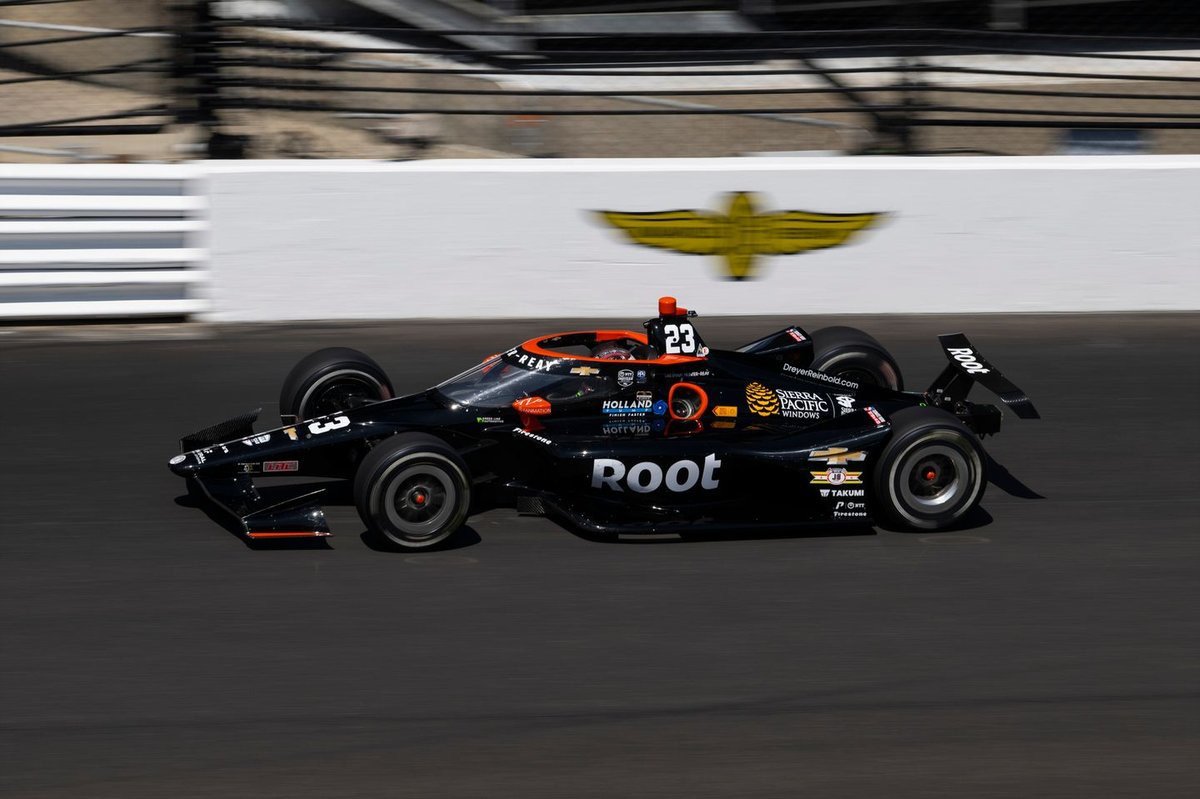The most recent complete season for DRR occurred in 2012, with Oriol Servia at the helm. The season featured four top-five finishes after transitioning from the Lotus powerplant to Chevrolet. Since then, DRR has primarily focused on the Indianapolis 500, participating in additional races only in partial campaigns twice (2013, 2020).
Interest from various teams not regularly involved in the sport has risen in recent years, potentially aligning with upcoming changes to technical regulations.
The introduction of IndyCar’s hybrid engine, combining technology with the current 2.2-liter twin-turbocharged V6 powerplant, has experienced delays but is anticipated to be implemented in the second half of the season, post-Indy 500, on May 26.

This scenario sparks speculation about the potential entry of new teams in 2025, including Abel Motorsports, a regular in Indy NXT, which debuted in IndyCar with a one-off at last year’s Indy 500.
During a recent media availability after confirming Conor Daly and Ryan Hunter-Reay for this year’s Indy 500 lineup in partnership with Cusick Motorsports, Reinbold, when asked about a full-time return, responded, “You never know. We’re open-minded to whatever presents itself.
If we have a good situation that makes a lot of sense to us, we will look at doing more races in the future. We have all the components and the people to be able to roll that out. It just hasn’t been a great fit to get back involved on a full-time basis.
We’ve been kind of close a couple of different times, so we’re still looking at it, still open to it, for sure.”
While each regulation change tends to significantly impact smaller teams, and with this year’s Indy 500 possibly being the last before hybrid power, the question arises if it will prompt a more focused approach by DRR in the upcoming month of May.
“Well, there are spec changes every year, so yes and no,” Reinbold explained. “We, not being a full-time team, have to wait for parts to be sent to full-time teams first and foremost. We completely understand the need for that. We try to get our parts and components in the queue as quickly as we can.
That puts us behind and limits some of our ability to do testing. We’re playing catch-up whenever there are big changes like that. But we anticipate that. As soon as we get the parts, we dive in full force and arrange our testing accordingly.”
“Like a lot of the testing that we have scheduled, we’ve pushed back from what we would normally do just because of parts availability. We work around it. It’s not ideal. At the end of the race last year, if they said, ‘Here are your parts that you’re going to run for next year’s 500,’ that would be ideal.
It doesn’t work that way because we have a lot of developing to do with those pieces. We understand. I think we’ve been pretty successful at getting those things ironed out in pretty good fashion.”
Reinbold highlighted the team’s collaboration with Chevrolet, stating, “The open test that we do, we’ve talked to Chevy, we’ve worked with Chevy quite a bit in the off-season on different components and different things.
Everyone’s in the same boat. From that standpoint, it’s a pretty even playing field. It actually can sometimes benefit us to have changes and pieces and things like that because no one has them dialed in as of yet. You can look at it both ways that way.”
